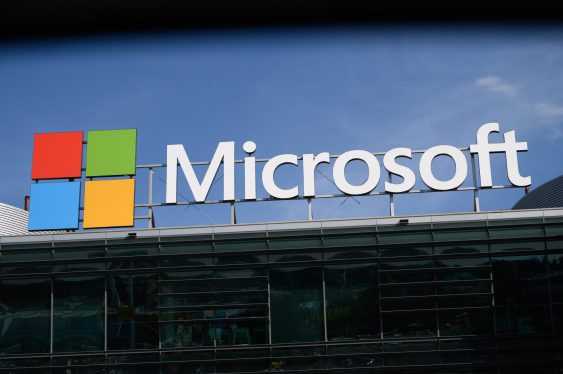The Future of AI: Microsoft’s Groundbreaking BitNet Combines Efficiency with Power

Microsoft’s recent innovation in artificial intelligence, the BitNet b1.58 2B4T, is making waves in the tech world, offering a remarkable leap in AI model efficiency. This pioneering model stands out not just for its scale, boasting 2 billion parameters, but also for its ability to run optimally on ordinary CPUs, including Apple’s advanced M2 chip, as opposed to relying solely on traditional, heavy-duty GPUs.
In essence, BitNet represents a shattering of conventional boundaries in AI tools. Standard models typically rely on quantizing weights — the numerical representations that dictate an AI’s functioning — in order to improve performance across various devices. Yet, Microsoft’s BitNet takes this a step further by limiting those weights to just three distinct values: -1, 0, and 1. This stark simplification results in profound gains in both memory usage and processing speed, essentially turbocharging operations that would otherwise invoke considerable resources.
Interestingly, BitNet has been trained on a colossal dataset of 4 trillion tokens, a scale equivalent to approximately 33 million books. The implications of this extensive training are noteworthy, as initial assessments indicate that the model not only rivals but often outperforms incumbent AI models such as Meta’s Llama 3.2 1B and Google’s Gemma 3 1B in various benchmarks. Among the tests where BitNet has demonstrated impressive results are the GSM8K, a suite of elementary math tasks, and the PIQA, which evaluates common-sense reasoning.
Speed is another vital advantage of BitNet. In some instances, it can execute tasks at double the speed of comparable models while consuming significantly less memory. However, there’s a critical caveat: the exceptional performance of BitNet requires Microsoft’s proprietary framework, bitnet.cpp, which is currently compatible only with a select range of hardware, notably excluding GPUs, which dominate the AI industry.
Despite these limitations, the potential of BitNet is compelling, especially for devices operating under resource constraints. As the AI landscape evolves, tools like Microsoft’s BitNet present exciting opportunities — blending efficiency with capability, yet emphasizing the need for broader hardware compatibility to fully realize its potential. This innovative stride emphasizes the accelerating trend towards making powerful AI more accessible to a wider audience.
For more insights, explore related articles on the advancements in AI technology on reputable sites like TechCrunch and Wired.
With the rapid developments in AI, it’s essential for stakeholders in technology and academia to keep abreast of such notable innovations that promise to reshape the future of digital intelligence.
